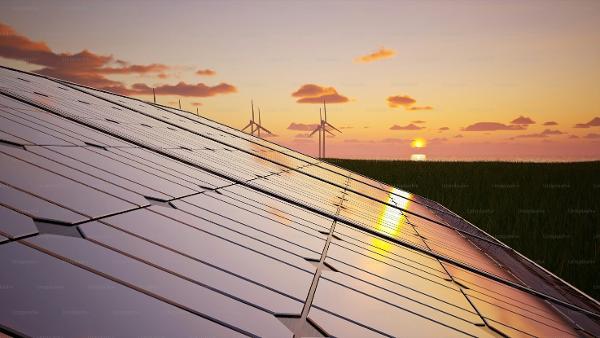The use of nuclear power in China has grown rapidly since its first power reactor, Qinshan 1, began operating in 1991. There are currently 55 operable reactors in mainland China representing 57 GWe, and 22 reactors under construction totalling 26 GWe, all at 19 sites. China will soon surpass France, which has 56 operable reactors, to become the nation with the second largest number of nuclear reactors, behind only the United States, which has 93.
Nuclear power has an important role in China’s energy strategy, especially in the coastal areas, where the economy is developing rapidly. Nuclear power plants can be built close to centres of demand, whereas suitable wind and hydro sites are sometimes remote from demand.
China’s existing nuclear fleet is a mix of international designs arising from partnerships with many of the world’s reactor vendors, and an increasing number of reactors based on China’s own designs. China has become largely self-sufficient in reactor design and construction, although some key components are still imported.
China has stated it intends to become self-sufficient not just in nuclear power plant capacity, but also in the production of fuel for those plants. However, the country still relies to some extent on foreign suppliers for all stages of the fuel cycle, from uranium mining through fabrication and reprocessing, but mostly for uranium supply. As China rapidly increases the number of new reactors, it has also initiated a number of domestic projects, often in cooperation with foreign suppliers, to meet its nuclear fuel needs.
China is also looking to export opportunities. Its policy is to ‘go global’ with exporting nuclear technology including heavy components in the supply chain. Its primary reactor design for export is the Hualong One, also known as the HPR1000. The first two unit of this time operating overseas are Karachi units 2&3, which began operations in 2021 and 2022, respectively.
Most of China’s nuclear reactors are large pressurized water reactors (PWRs), similar to most reactors operating worldwide today. However, China is among a growing number of countries developing small modular reactors. Such reactors will expand the range of locations and applications to which nuclear technology can be applied. In July 2021 China commenced construction on an ACP100 SMR at the Changjiang nuclear plant on the island province of Hainan. The ACP100 is designed for electricity production, heating and steam production or seawater desalination, it is expected to be connected to the grid in 2025, being the first inland SMR in the world. China is also planning construction of floating nuclear power plants, using an ACP100S reactor, a maritime version of the ACP100.
China has also been developing other innovative advanced reactor designs. This includes the 211 MWe Shandong Shidaowan High Temperature gas-cooled Reactor Pebble-bed Module (HTR-PM), which came online in December 2021. Future reactors of this type could be used to supply process heat, which would help to decarbonize harder to abate industrial processes. The next phase of development is to combine three modules feeding one reactor turbine, with a total electricity output of 655 MWe. China is also constructing two 600 MWe fast reactors at Xiapu in Fujian province. It is also developing pool-type reactors, which would be dedicated to heat production for district heating, with applications planned in China’s northern cities.
The use of nuclear heat from existing reactors for industrial processes is also being explored. Last year a project commenced at the Tianwan nuclear plant to supply 4.8 million tonnes/year of industrial steam to the nearby Lianyungang petrochemical plant. Existing PWR technology can also be used for supplying steam for heating homes and buildings. The first district heating project was implemented in Haiyang city in 2019 where the CAP1000 supplies heat to 200,000 residents, which makes Haiyang the first “zero carbon” city in China. District heating is intended to be deployed further in China. Recently, CNNC launched a similar district heating demonstration project at Qinshan and in March 2022 another project was launched at Hongyanhe.
Nuclear energy is expected to play a growing role in meeting China’s own energy needs. In October 2018 the Energy Research Institute of the National Development and Reform Commission said that China's nuclear generating capacity must increase to 554 GWe by 2050 if the country is to play its part in limiting the global temperature rise to below 1.5 °C. The share of nuclear power in the country's energy mix would thus increase from 4% to around 28% over this period. This would require an acceleration of the current pace of new nuclear construction, which has targets around six to eight new construction starts each year.




















